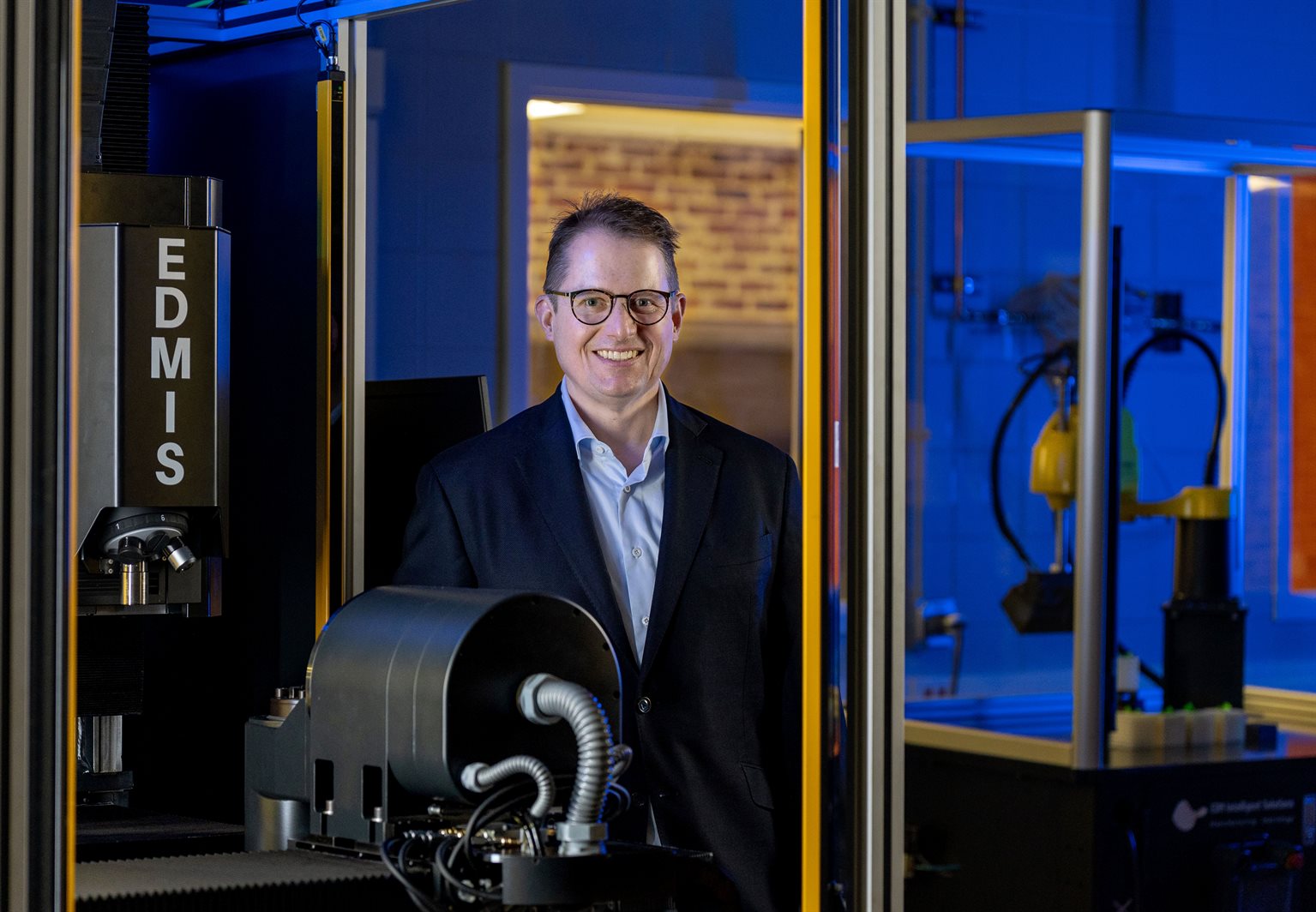The University of Illinois Urbana-Champaign is establishing a new research center focused on developing additive manufacturing methods for large metal parts. The center at the Grainger College of Engineering will operate with a $9.06 million budget, including $8.15 million from the U.S. Department of Defense. Researchers will collaborate with the U.S. Army’s DEVCOM Ground Vehicle Systems Center and the Rock Island Arsenal Joint Manufacturing and Technology Center to enhance military supply chain capabilities.

“We are building the world’s first university research center focused on large metal additive manufacturing,” said Illinois Grainger Engineering mechanical science and engineering professor Bill King, who will lead the initiative. The center aims to address fundamental questions about manufacturing metal parts 3 feet or larger using additive methods. This work will focus on material properties, part quality, and industrial process development.
The project represents a shift from traditional manufacturing approaches to an on-demand model. While additive manufacturing has been used in medical and aerospace industries, its application for large metal parts remains less studied. The technology allows for immediate production of needed components, potentially reducing the current two-year timeline for custom parts through traditional methods.
A factory demonstration facility will be constructed in the Research Park at Illinois, housing two large metal printers for research and development. The facility will enable testing of new designs, materials and processes in a controlled environment. This capability addresses the challenge that high-end manufacturing often lacks resources for research and development.
The initiative is expected to benefit the Quad Cities Region surrounding Rock Island Arsenal by expanding manufacturing capabilities for both small businesses and large companies. U.S. Senator Dick Durbin noted the project “will reduce U.S. dependence on foreign manufacturing for metals, contribute more resilient ground vehicles for the Army in the future, and create jobs for Illinoisans.” The center aligns with military goals to improve supply chain agility and vehicle uptime across Army formations.
Source: grainger.illinois.edu

